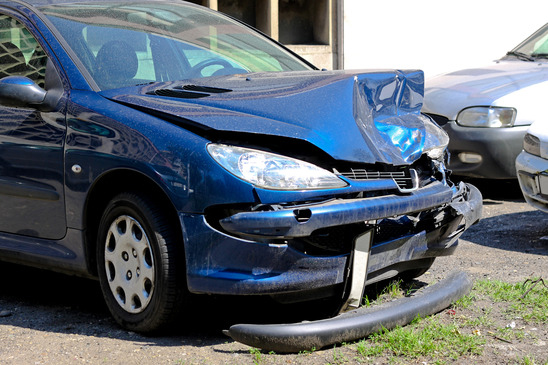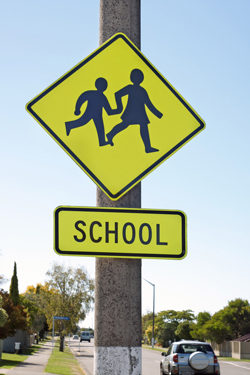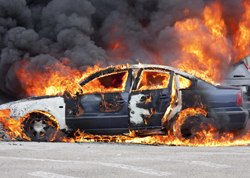Many drivers do not fully understand what huge impact car accidents have on the cost of their insurance. It is easy to understand why your own wrecks increase your rates, but harder to comprehend the correlation of the nation’s crash rate and insurance costs. What’s more, there are specific types of car accidents that happen more often than others and make the biggest impact on car insurance costs. Not only do your own accidents influence your car insurance rates, but those in the community around you, especially if they are one of these five specific types.
Five Most Common Types of Car Accidents in the United States
While the specific circumstances will vary, there are five different types of accidents that happen repeatedly in the United States. A large majority of these accidents are minor and end up in nothing more than a few dents and bruises. Unfortunately, a smaller percentage end tragically in a death or with serious and life-altering injury. Any accident can be deadly. The five most common types of car accidents are:
 Personal Injury Lawyer Blog
Personal Injury Lawyer Blog


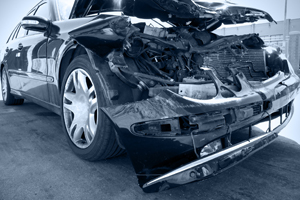 Now you may not have to wonder about these accidents any longer. The Auto Insurance Center, an information and news site dedicated to keeping up with the latest in car insurance news, began researching the answer to that very question. The center combed through records in the United States from the National Highway Traffic Safety Administration’s Fatal Accident Reporting System, which has been keeping records on every serious and fatal car crash in the United States from 2009 to 2013.
Now you may not have to wonder about these accidents any longer. The Auto Insurance Center, an information and news site dedicated to keeping up with the latest in car insurance news, began researching the answer to that very question. The center combed through records in the United States from the National Highway Traffic Safety Administration’s Fatal Accident Reporting System, which has been keeping records on every serious and fatal car crash in the United States from 2009 to 2013.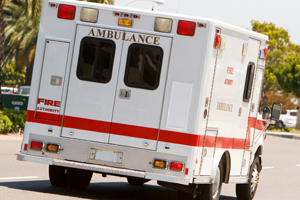 That is almost exactly what happened on January 17, 2015. A 73-year-old woman was walking in her town of Gatesville, Texas. When she tried to cross the street, a silver car driven by a 17-year-old boy hit her. When the police, EMS and fire department arrived, they pronounced her dead at the scene.
That is almost exactly what happened on January 17, 2015. A 73-year-old woman was walking in her town of Gatesville, Texas. When she tried to cross the street, a silver car driven by a 17-year-old boy hit her. When the police, EMS and fire department arrived, they pronounced her dead at the scene.